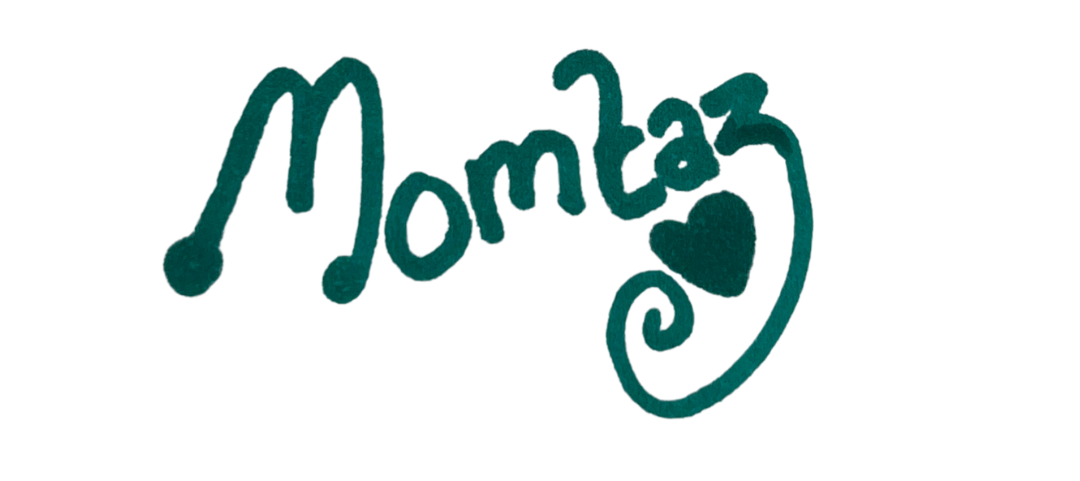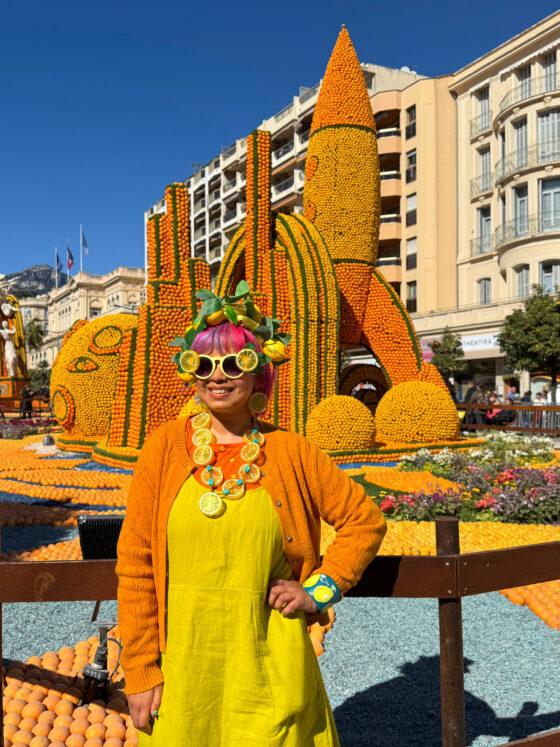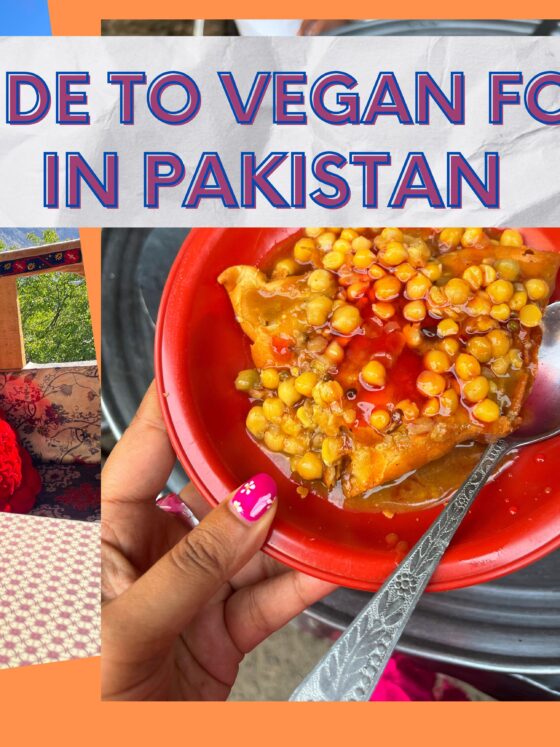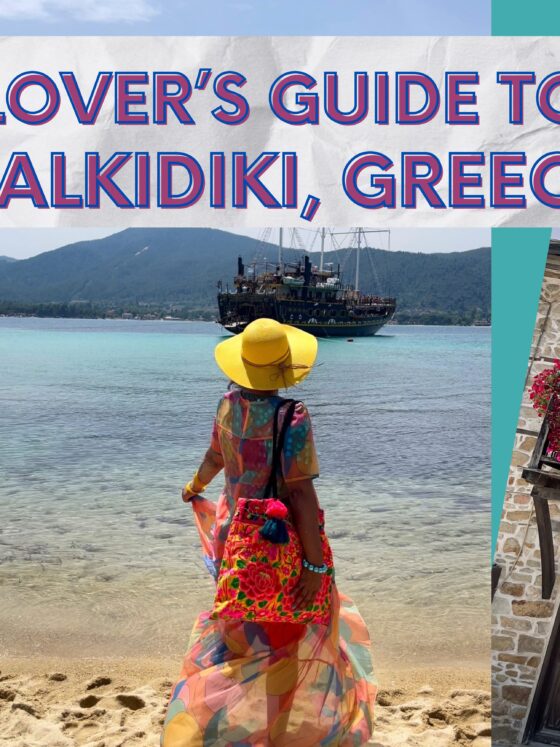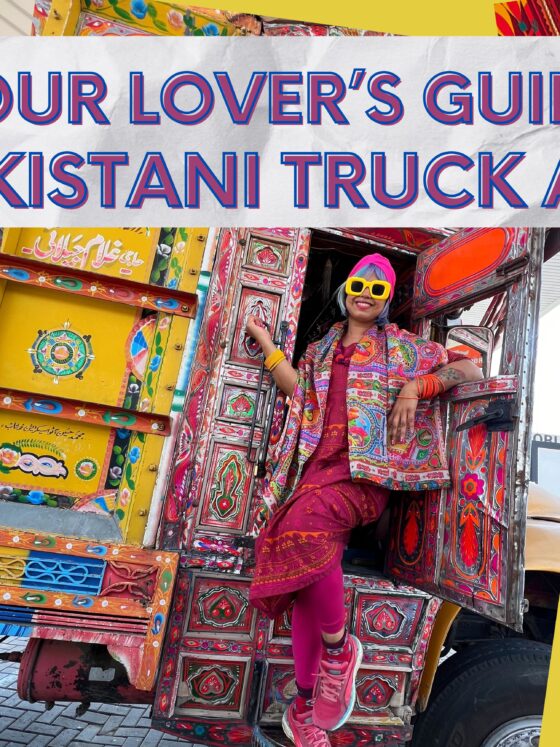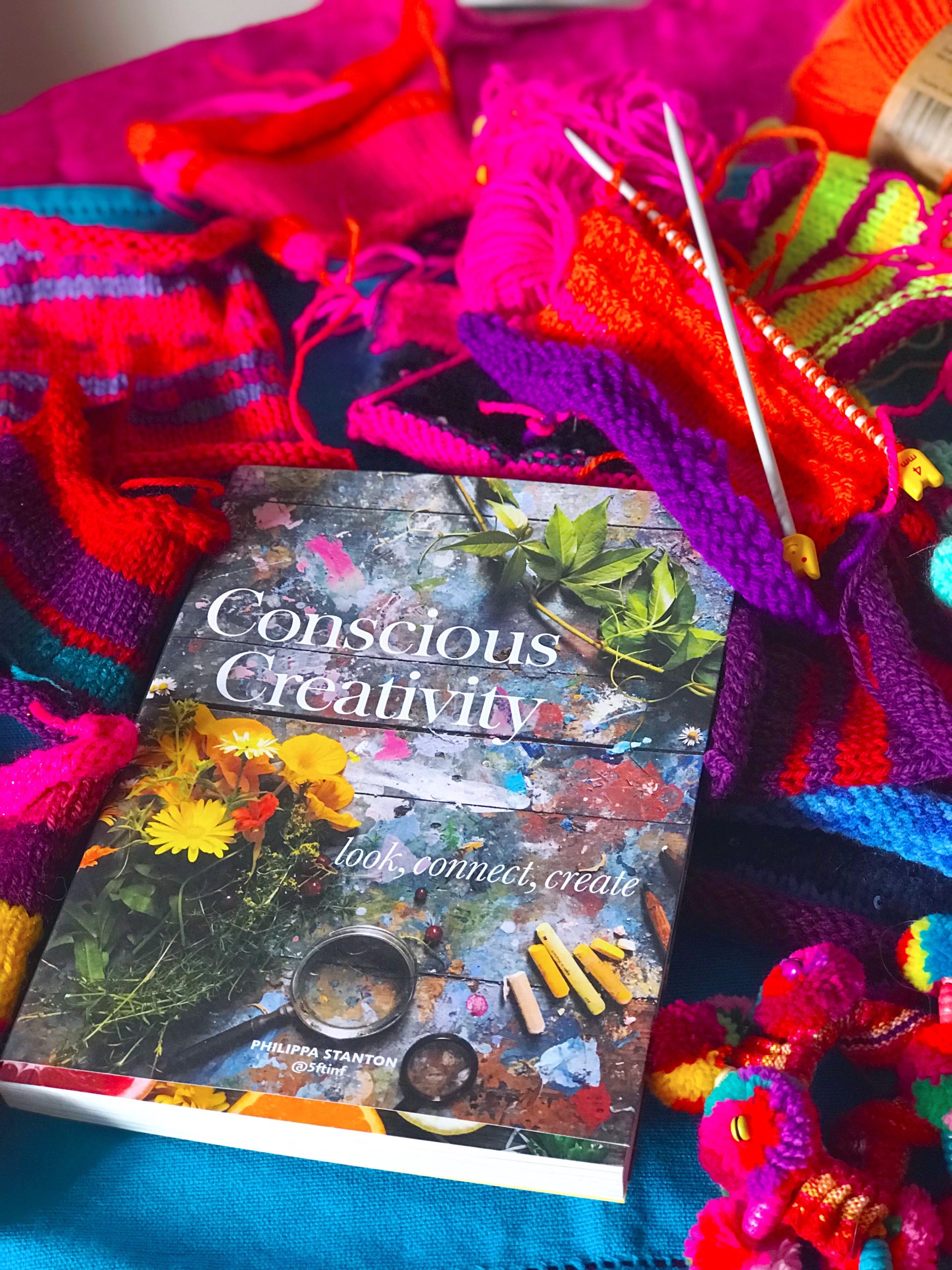Blessed eggs & batik: learning about Hmong culture in Thailand

The great thing about travelling around the world on craft explorations is that you never know what else you might discover. When I booked to go on the Haute Culture Textiles Tour to Thailand last November, I had no idea I’d be eating a blessed egg…(or seeing pink eggs for that matter.)

Part of my decision to go on the trip apart from the crafts and shopping potential was that I really, really, really wanted to eat ‘proper’ pad thai and my weight in mango sticky rice but as good as they both were, they ended up being the least favourite meals I ate on my trip.

Whaaaaat?! It’s true. As soon as I tried the home-cooking of the indigenous groups (very different flavours to your typical Thai fayre) I realised this wasn’t just a creative adventure, this trip a culinary treat.
And it started by spending a day at the Hmong Wisdom and Learning Centre in Ban Mae Sa Mai, an hour’s drive from Chiang Mai. The Hmong people originate from China but the communities that live in this part of Thailand mostly came from Laos. Here we did a batik workshop, ate some extremely delicious homemade lunch and received eggs blessed by the local shaman. But more on that shortly.
Let me start with the views….

To say I was ‘out of office’ would be an understatement. The centre is located at the top of a valley with vast views of the hilly landscapes. Mind, you not too dis-similar to the usual view I get at home, looking out onto a street and parked cars…
It ended up being the most scenic place I’ve worked/crafted at and I’m not sure if anything will ever top it.
Hmong Arts & Crafts
Batik and dyeing is the main craft techniques the Hmong do. Once the batik artistry is complete, the textile is dyed in natural indigo. Their other heritage crafts include cross-stitch and embroidery and these can be seen in this jacket I tried on.


It belonged to one of the men in the community, Sami. His wife made the entire jacket for him by hand and it took her a year. It was made for New Year when old items are replaced, though hopefully that will never happen to this jacket, it’s far too special.

We had one tutor between the two of us. Having done batik before I thought it would be straight-forward but I was mistaken. Batik is a technique where hot wax is applied to fabric using a tool called a tjanting.

It’s a stick like object with a small bucket at the end that is dipped into hot wax. The bucket fills up and there’s a hole at the bottom where the wax drips though. It’s placement is controlled by hand. The batik I’d previously tried is where you move the tjanting forward but the Hmong do their batik by moving it backwards. The results aren’t really any different but if you do it incorrectly it’s disrespecting their tradition. So as unnatural as it felt I gently moved the wax backwards to do my design. Our tutors had partially prepared a design for us and our task was to complete it.

The beeswax itself dried pretty quickly but the application is precise. To make a tablecloth for example, it would take 20 days.

Ever heard of a craft spirit? Me neither!
Indigo dyeing in a long and complex process. The Hmong believe there is a spirit that arises from indigo making. The indigo dyeing itself is a revered process and only women are allowed to do it, unless they’re menstruating or are pregnant. Men aren’t allowed near it. A huge amount of skill is needed for indigo dyeing, the dye bath needs to be fed in order to stay alive and if it dies it can no longer be used. Adding whisky makes the indigo bath last longer.

Colour is dependent on how much time goes into the dyeing. If you want your fabric to be light blue it gets dyed for 5 days but if you’re after a darker effect it needs to be left for 7-10 days. (Find out more about indigo dyeing in this post I wrote about it following a different craft and travel trip I did to Thailand.)
As I was saying about pad thai…
The center is also a homestay though it’s mostly walkers who are hiking the hills that stay here. Those also get fed, as did we. It was a meal I’ll never forget because it was so unexpected. Lunch was served in different leaf parcels that were placed on a leaf plate – the Hmong are very focussed on having zero waste. The bit that really surprised me was that while chicken was the main protein, there was actually a vegetarian soya version cooked in the same way and that’s what I had. I never thought I’d find fried soya chicken in the valley in the middle of nowhere. There were ‘non-blessed eggs too.


None of the food had any ‘flavouring’ The seasoning was separate and consisted of a parcel of fresh green chillies mixed with salt. The idea is that you scoop up some food in your hand, dip it in the seasoning and then you eat it. I’d never tasted anything like that seasoning before. It was incredibly simple yet had extreme flavour. I can actually taste it on my tongue now just thinking about it. So good!

Win and his wife, who I’m pictured with, are just part of the community that set up the centre in 2007 with the sole purpose of keeping Hmong traditions alive. Visitors to the centre can learn more about Hmong culture and lifestyle, like participate in craft workshops but this isn’t something they can make a living from. They also have other jobs in the city including selling their handmade clothes at the markets in Chiang Mai.
Now, about that blessed egg…

During our day at the Hmong centre the local shaman popped by to say hello. The ‘middle man’ between spirits and people, he speaks to spirits and passes on messages to people. He also has the ability to bless people (and eggs!) to protect them from illnesses. He blessed a plate of boiled eggs for us to keep away cold and flu. These were miracle eggs as they just wouldn’t cool down. I feel like my blessed egg must have worked as this winter 2019/2020 I haven’t had any cold or flu symptoms.
Thank you shaman, I’m going to have to make an annual pilgrimage to get my blessed egg fix : )

The majority of images in this post were taken by Noel Besuzzi and a few like the eggs were taken on my iphone.

